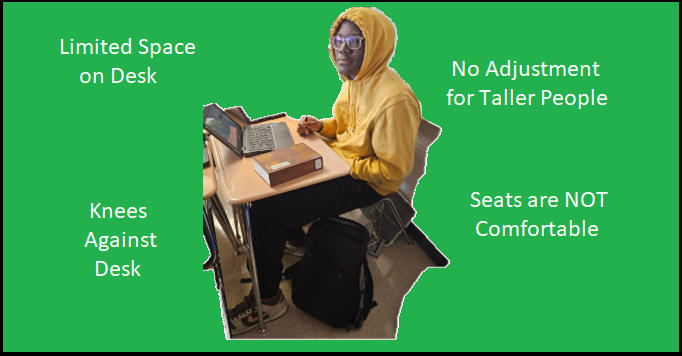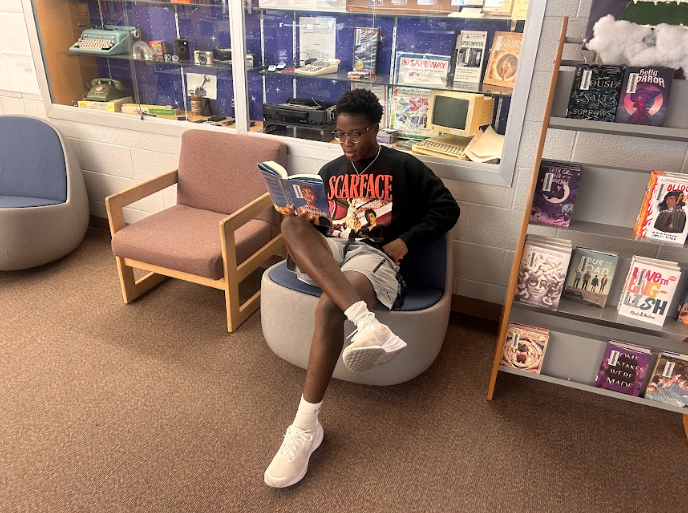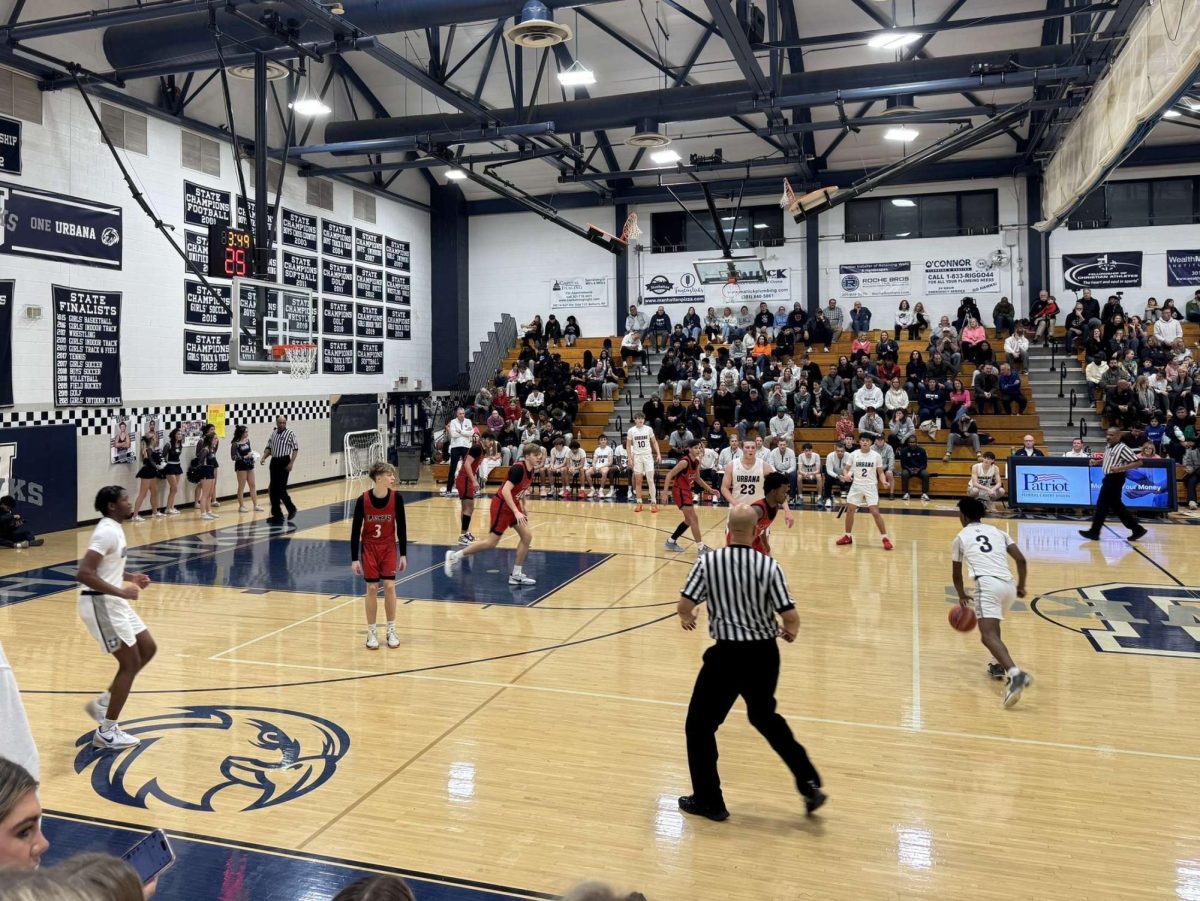What is the Impact of Social Media on Teenagers?
April 28, 2020
It is no question that teenagers are one of the primary users of social media. But is it more helpful or harmful to the developing teenage brain?
Although social media is said to put increased pressure on the user, “many of the pressures teenagers feel from social media are actually consistent with developmentally normal concerns around social standing and self-expression” (Shafer). Social media serves as a way for people to communicate with others around the world, that they would not otherwise have contact with. It also is a way for people to stay updated with current events and get access to news. Additionally, it provides an outlet for people to express their opinion, and offer help and support to others.
Following the release of the first iPhone, “many experts have described a rise in sleeplessness, loneliness, worry, and dependence among teenagers” (Shafer). This may be because blue light interferes with the body’s ability to sleep and there is an addictive quality to endlessly scrolling through feeds. Apps like Instagram, Twitter, Facebook, and Snapchat can be used as platforms for cyberbullying, since people are able to leave anonymous hate on others profiles. Furthermore, social media use on mobile phones can distract from learning because students are focusing on something other than classroom instruction. Increased phone usage is also correlated to neck pain, commonly referred to as “text neck.”
A study conducted by scientists at Harvard University, found that the “benefits and harms associated with social media use varied across demographic, socioeconomic, and racial population sub-groups. Specifically, while the benefits were generally associated with younger age, better education, and being white, the harms were associated with older age, less education, and being a racial minority.”
There has also been an overall decline in the amount of time teenagers spend in-person socializing that has been “associated with increased digital media use” (Twenge). But although teenagers as a whole have spent less time interacting person-to-person, “at the individual level, more social media use was positively associated with more in-person social interaction” (Twenge).
The truth is there are both positive and negative outcomes of teenage social media use. Possible solutions to combat the negative effects of teenage social media use include implementing filters on social media applications that prevent seeing triggering content and limiting the amount of time spent on social media.
Sources:
https://www.nytimes.com/2019/06/03/well/family/teenagers-social-media.html
https://www.gse.harvard.edu/news/uk/17/12/social-media-and-teen-anxiety
https://www.hsph.harvard.edu/news/features/social-media-positive-mental-health/
https://www.apa.org/members/content/social-media-research
https://csic.georgetown.edu/magazine/social-media-reshaping-todays-education-system/




































